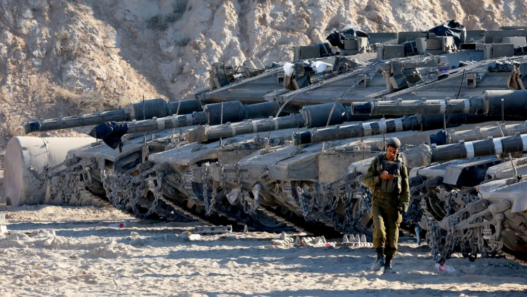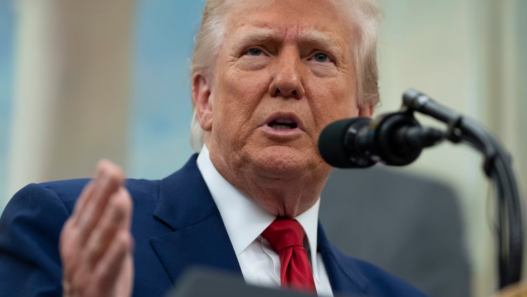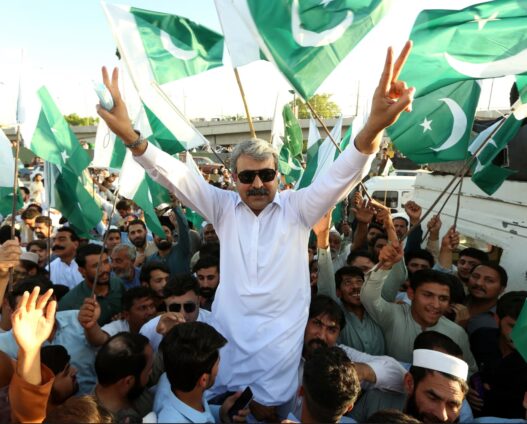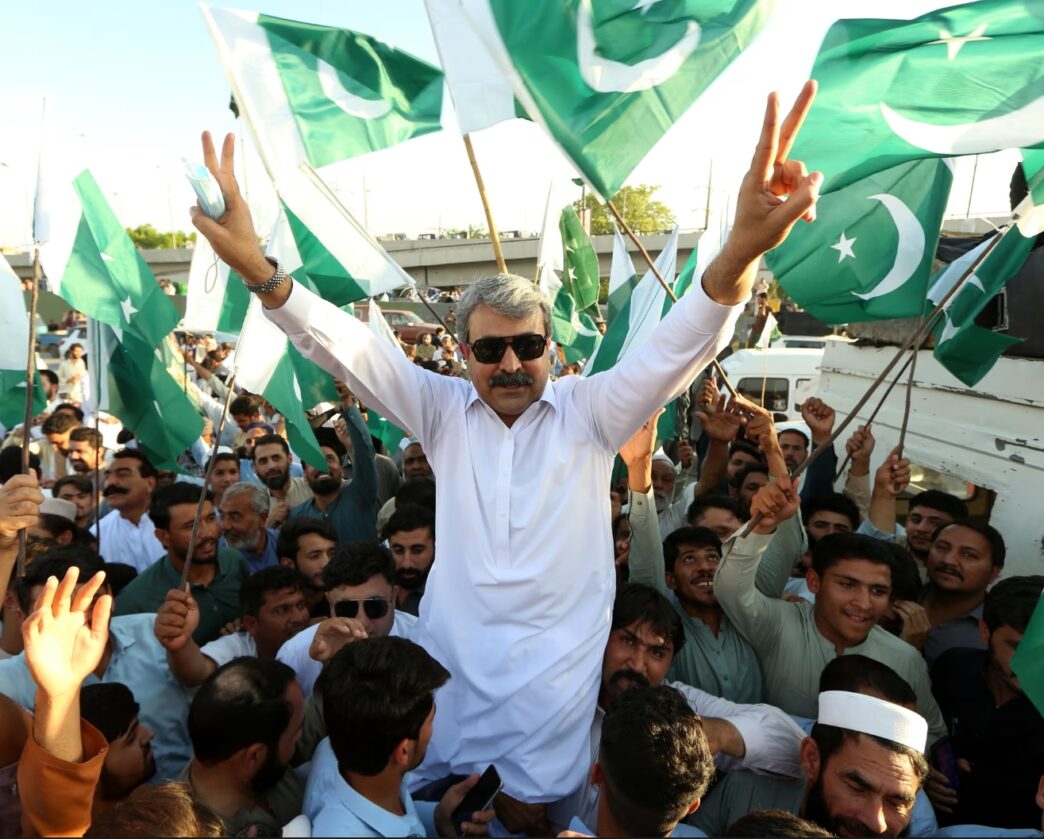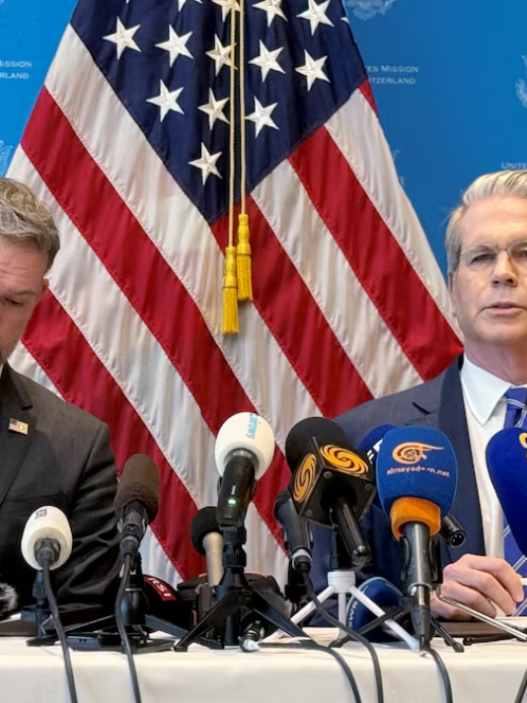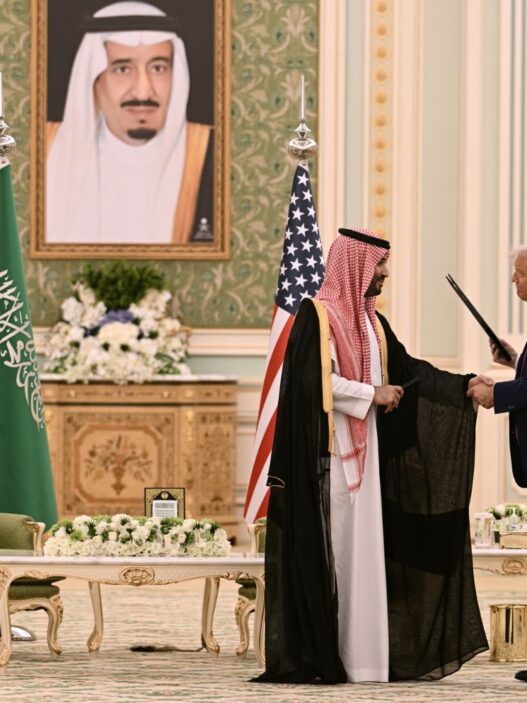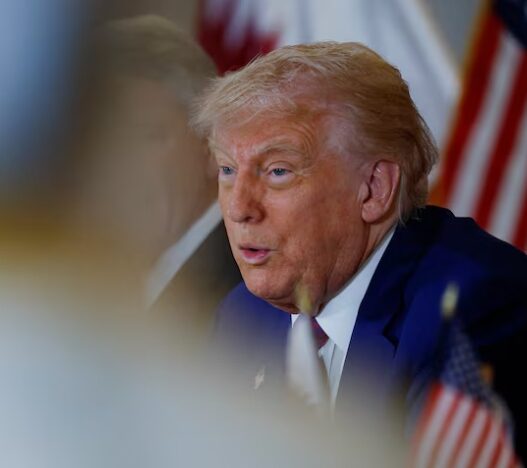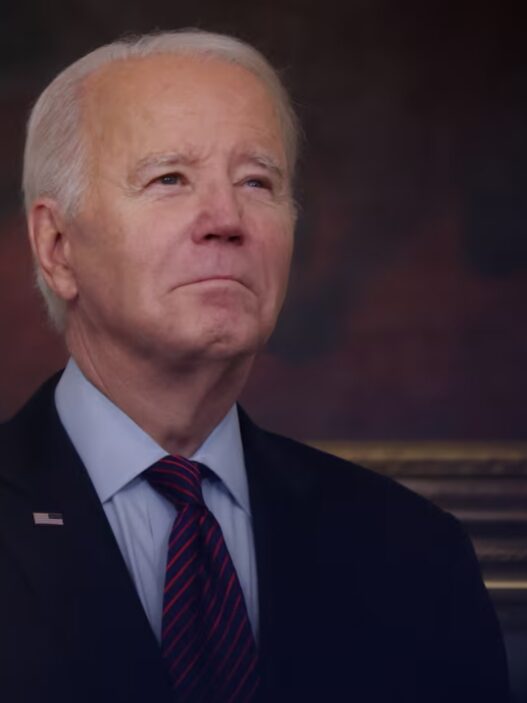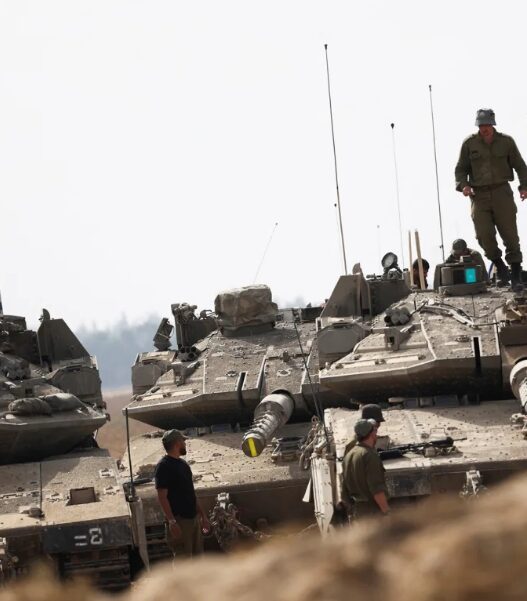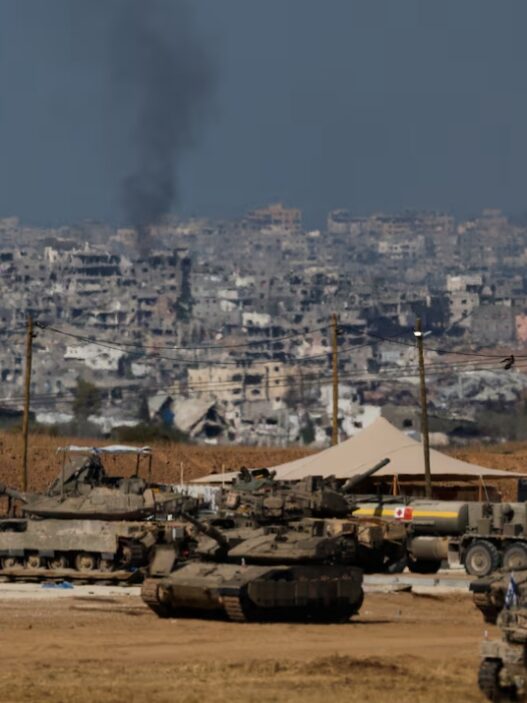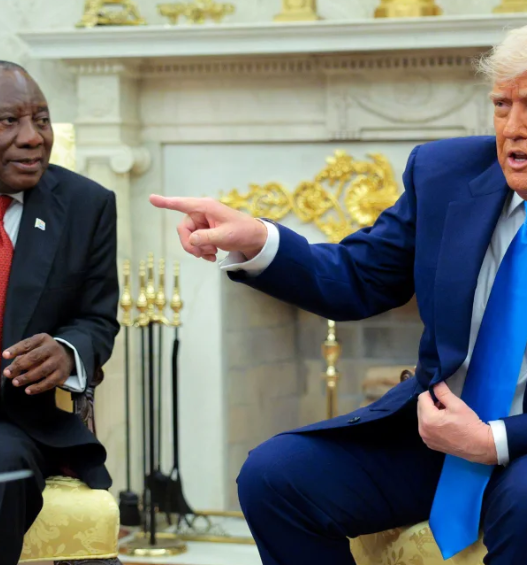India and Pakistan have both declared themselves victorious following a ceasefire that ended a dangerous escalation over the weekend. This sudden halt to hostilities pulled the two nuclear-armed neighbors back from what many feared was the edge of full-scale war.
The past week saw intensifying clashes. Both countries launched missile and drone strikes targeting each other’s major military installations. It was the closest they had come to war in decades.
The ceasefire was announced on Saturday evening. Former U.S. President Donald Trump brokered the agreement and declared it publicly.
Trump’s Reaction and Urgent Call for Peace
On Sunday, Trump commended both nations. He praised their “strength, wisdom, and fortitude” in recognizing the need to stop the aggression. According to him, the hostilities could have caused massive destruction and widespread death.
Despite the announcement, tension flared again within hours. Shelling resumed along the contested Kashmir border. Missiles and drones were reported flying into Indian-administered areas once more.
By Sunday morning, however, calm returned. That gave people on both sides a glimmer of hope that the truce might last.
Mutual Accusations and Commitments
Each nation accused the other of violating the ceasefire first. Still, Pakistani officials stated they remained committed to the agreement. A spokesperson reaffirmed the country’s intention to “faithfully implement the ceasefire.”
India’s military spoke through an emergency briefing. They confirmed that they had sent a message through a military “hotline” to Pakistan. The message warned that any further aggression would receive a “fierce and clear” response.
Nationalism Surges on Both Sides
After the truce, both India and Pakistan claimed credit for the ceasefire. This fueled nationalist pride in both countries.
India’s Defense Minister Rajnath Singh said the “roar of Indian forces reached Rawalpindi,” which is the headquarters of the Pakistani army. He described the military operation, known as Operation Sindoor, as not just military action. Instead, he called it a demonstration of India’s political, social, and strategic strength.
In Pakistan, border towns erupted in celebrations. Petals were showered on soldiers during parades. Prime Minister Shehbaz Sharif declared May 11 a national day to honor the army’s response to India’s recent offensive.
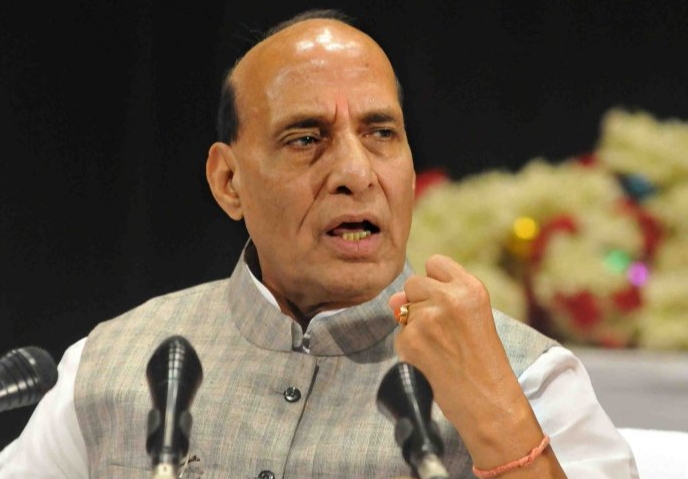
Commentators Hail “Calculated Victory”
In an op-ed for Dawn, columnist Baqir Sajjad called the ceasefire a “calculated victory” for Pakistan. He argued that it prevented a stronger India from gaining a military and diplomatic advantage.
Across Pakistan-controlled Kashmir, celebrations marked the ceasefire. That region had endured weeks of intense shelling.
Former regional leader Raja Farooq Haider Khan led a rally near the Line of Control. He praised the bravery of Pakistani troops who had “defended us.”
He also expressed gratitude to Trump. “This time we were so close to war,” he said, “and his involvement was truly welcome.” But he also warned: “Peace in the region can’t last unless the Kashmir issue is resolved.”
Life Returns to Normal in Kashmir
In Neelum Valley, a woman named Sahad said the previous days were the scariest of her life. “We live in the shadow of border posts and constant Indian firing,” she said. “Everyone is simply relieved to get our normal lives back.”
Indian residents near the frontier also welcomed the truce. But many remained skeptical. In Poonch, the hardest-hit area on India’s side of the border, villagers were cautious.
Lal Din, 55, a longtime resident, reflected on past experiences. “We’ve seen these so-called global ceasefires many times before,” he said. “But the core problem has never been solved.”
“We Are Just Numbers”: A Plea from the Frontline
Lal Din explained that Indian and Pakistani forces still faced off with tanks and guns. “Today it’s this fight. Tomorrow it will be another. The guns will roar again. Civilians like me will get caught in the crossfire.”
He ended with a desperate appeal. “We are just numbers in a clash between nuclear giants. I beg both countries: resolve your disputes. Let peace prevail. Let us live.”
Triggers of the Latest Conflict
The renewed conflict began on Wednesday. Indian missiles struck nine different targets in Pakistan, killing 31 people. According to Indian officials, the targets were terrorist training camps. These strikes were retaliation for a previous attack.
Last month, militants had killed 25 Hindu tourists and a guide in Indian-administered Kashmir. India blamed the incident on Pakistan-backed extremists.
After the missile strikes, India accused Pakistan of launching drone attacks for two consecutive nights.
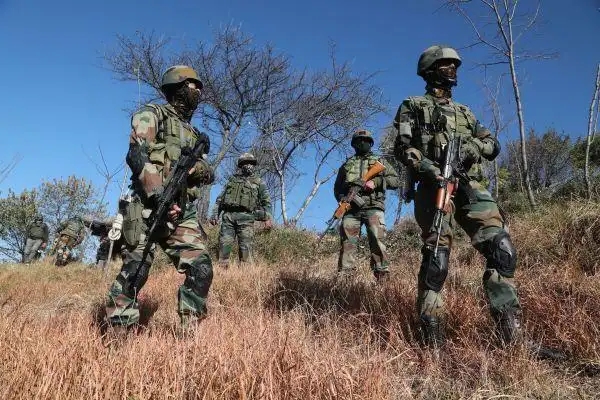
The U.S. Steps In
The United States took significant credit for stopping the conflict. Secretary of State Marco Rubio and Vice President J. D. Vance reportedly held 48 hours of nonstop negotiations. Their efforts finally persuaded both India and Pakistan to step back from the brink.
Initially, Vance said the U.S. wouldn’t interfere, calling it “none of our business.” But intelligence agencies raised alarms. They warned the situation could spiral into a nuclear conflict.
This prompted a change in Washington’s stance. Trump personally called leaders in both nations. He later vowed to increase trade with India and Pakistan as part of long-term peacebuilding efforts.
Conflicting Casualty Reports and Claims
Indian military officials gave further details about their operation on Sunday. They stated that Pakistan had requested the ceasefire, not India.
India claimed five of its soldiers were killed during the fighting. It also said Pakistan had lost around 40 troops. Additionally, India claimed it had killed 100 “terrorists” across the border. These numbers remain unverified.
Indian sources also said they had downed several Pakistani aircraft. However, they did not provide more information.
Meanwhile, Pakistan claimed — with expert analysis of debris as support — that it had shot down three Indian fighter jets, including several French-made Rafale planes.
India responded calmly. Officials said, “Losses are part of war,” and confirmed all their pilots had safely returned home.





